 Photo: © StockholmMuseum.com
Photo: © StockholmMuseum.comStockholm City Hall: Architecture, History & the Nobel Legacy
Visit Stockholm City Hall—home of the Nobel Banquet, with tower views, iconic halls, and a stunning National Romantic design.
From cozy fika coffee breaks with cinnamon buns to hearty Dagens lunch traditions, Swedish food and drink celebrate community and heritage. Indulge in local favorites like the tunnbrödrulle, a street-food classic filled with sausage, mash, and shrimp salad.
Raise a glass of porter beer to centuries-old brewing traditions or explore iconic flavors from meatballs to pea soup. Sweden’s culinary rituals invite you to slow down, connect, and savor the moment.
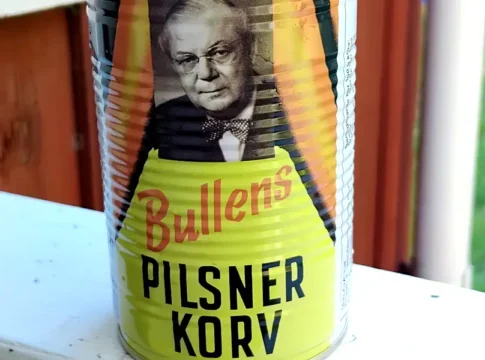 Photo: © StockholmMuseum.com
Photo: © StockholmMuseum.com Photo: Wrote (CC BY 2.0)
Photo: Wrote (CC BY 2.0) Photo: MikaelLindmark (CC BY-SA 2.5)
Photo: MikaelLindmark (CC BY-SA 2.5)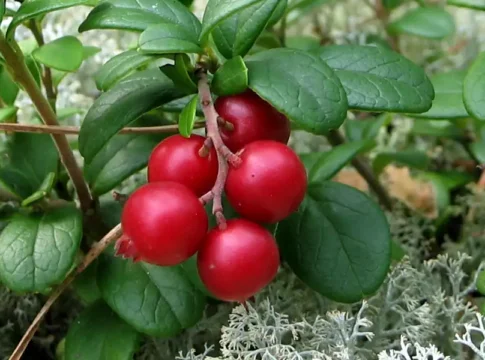 Photo: Jonas Bergsten (Public Domain)
Photo: Jonas Bergsten (Public Domain) Photo: Västmanlands läns museum (CC BY 4.0)
Photo: Västmanlands läns museum (CC BY 4.0) Photo: Skivsamlare (CC BY-SA 3.0)
Photo: Skivsamlare (CC BY-SA 3.0)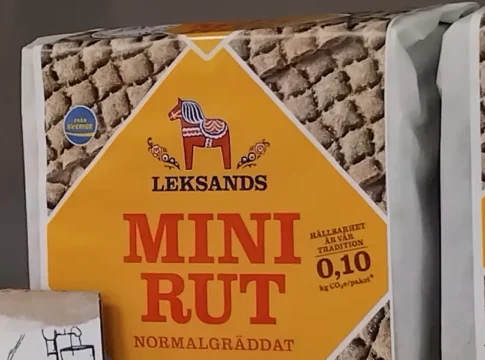 Photo: © StockholmMuseum.com
Photo: © StockholmMuseum.com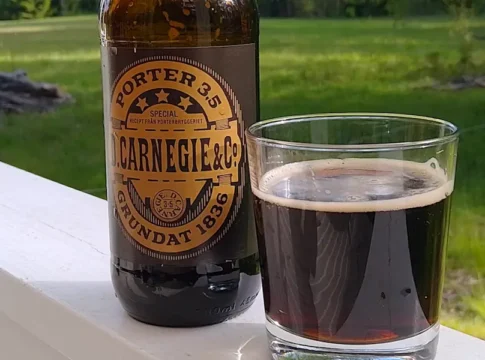 Photo: © StockholmMuseum.com
Photo: © StockholmMuseum.com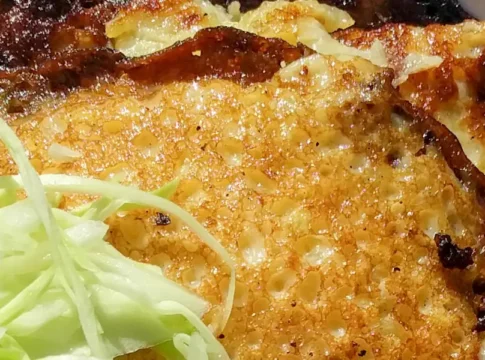 Photo: Mikaela Börjesson (CC BY-SA 4.0)
Photo: Mikaela Börjesson (CC BY-SA 4.0) Photo: © StockholmMuseum.com
Photo: © StockholmMuseum.com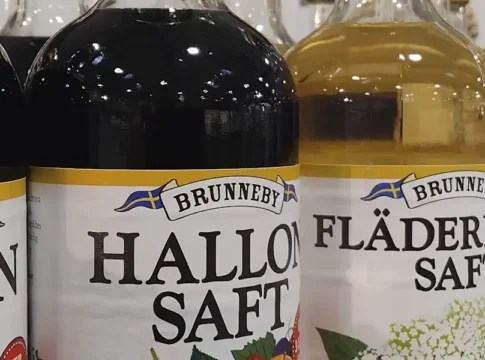 Photo: © StockholmMuseum.com
Photo: © StockholmMuseum.com Photo: © StockholmMuseum.com, 2025
Photo: © StockholmMuseum.com, 2025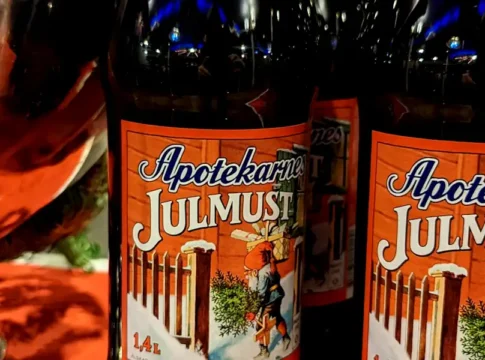 Photo: AleWi (CC BY-SA 4.0)
Photo: AleWi (CC BY-SA 4.0) Photo: © StockholmMuseum.com
Photo: © StockholmMuseum.com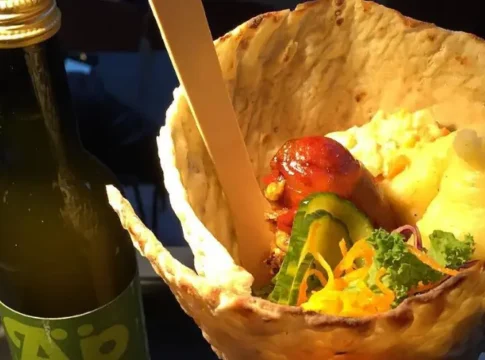 Photo: Jonas Nordström (CC BY 2.0)
Photo: Jonas Nordström (CC BY 2.0)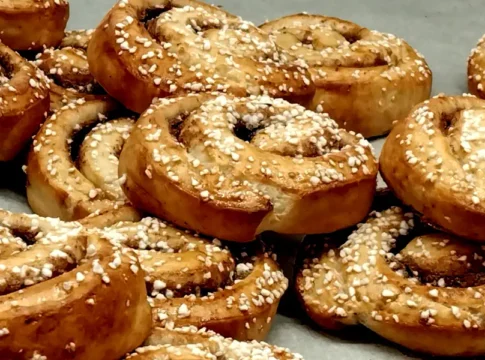 Photo: © StockholmMuseum.com
Photo: © StockholmMuseum.comFrom royal castles to hands-on science centers — discover museums and attractions that suit your interests.